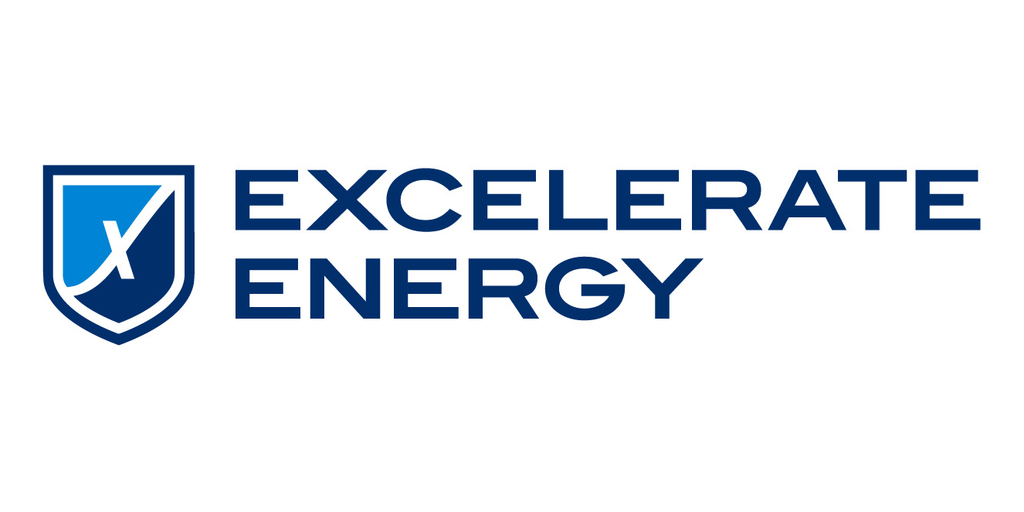
Certej gold-silver mine is located in the Apuseni Mountains of Transylvania in western Romania. Image: courtesy of Eldorado Gold.

Ongoing drilling activity at the open pit mine. Image: courtesy of Eldorado Gold.

Access to the open pit gold-silver project is through an all-season paved two-lane road from Deva. Image: courtesy of Eldorado Gold.

The Certej gold-silver mine is located in the Apuseni Mountains of Transylvania in western Romania. The open pit mine will comprise a three million tonne per annum (Mtpa) capacity processing plant to process the ore and produce gold-silver doré.
Environmental permit for the project was approved by the Timisoara Department for the Environment in July 2012. An updated pre-feasibility study was prepared in the first quarter of 2014, and the feasibility study is scheduled for completion in the second quarter of 2015.
Over its mine life of 15 years, the project is anticipated to produce an average of 140,000 ounce (oz) of gold and 830,000oz of silver a year in the form of gold-silver doré. The overall recovery rates of gold and silver are expected to be 87.4% and 80% respectively.
Eldorado Gold, based in Vancouver, British Columbia, owns 80% of the project through its subsidiary Deva Gold. Minvest, a Romanian state-owned mining company, holds the remaining 20% stake in Deva Gold.
Certej gold-silver mine geology and mineralisation
The Agi Dagi gold-silver mine owned by Alamos Gold is located in the Çanakkale Province, Biga Peninsula.
The Romanian mine site is located approximately 600m above sea level (asl) in an area that is predominantly hilly with incised valleys. In 1999, Deva Gold obtained mining licence for Certej for a period of 20 years with a right to extend for five-year periods until the reserve is exhausted.
The mine is classified as an intermediate sulphidation epithermal gold deposit associated with a Miocene magmatic complex in the South Apuseni Mountains. Cretaceous sedimentary rocks, neogene conglomerates, grits, and volcanic and intrusive units host the gold mineralisation at Certej.
Three main andesitic intrusive phases exist for the deposit; Dealu Grozii, Baiaga and Hondol. Most of the mineralisation is contained within the Baiaga andesite occurs at the brecciated contact of the Baiaga, up into the surrounding sedimentary rocks, and in the Hondol and Dealu Grozii andesites.
The mineralisation styles include disseminations in sedimentary units, hydrothermal breccias, stockworks and disseminations at the contacts of intrusive rocks and distal veins.
The gold mineralisation is associated with disseminated pyrite occurring together with variable amounts of sphalerite and galena.
Certej project reserves
As of May 2015, the proven and probable reserves at Certej project are estimated to be 44,288t of ore grading 1.69g/t of gold and 10.9g/t of silver. It is estimated to contain 2.4 million ounce (Moz) of gold and 15.55Moz of silver.
Mining and processing of ore from the Certej gold-silver project
Conventional open pit mining method using drilling and blasting of the rock followed by loading and hauling will be applied at Certej.
Higher grade ore is proposed to be initially sent for direct mill feed, while the lower grade ore will be stockpiled for treatment in later years. The project is expected to have a constant mill feed of 3Mtpa for approximately 15 years. Mill feed from the open pit operations will be supplied for 13 years, whereas the stockpiled low-grade ore will be supplied during the last two years.
The run-of-mine ore (ROM) will be fed to the primary crusher by direct tipping from the haul trucks. A ROM pad, a primary jaw crusher, and a primary crushed stockpile will be included in the crushing section.
“Over its mine life of 15 years, the project is anticipated to produce an average of 140,000 ounce (oz) of gold and 830,000oz of silver a year in the form of gold-silver doré.”
The crushed ore will be grinded by using a combination of semi-autogenous grinding (SAG) and ball milling and grounded ore will undergo simple rougher flotation process, which will separate the gold-bearing sulphide fraction (pyrite) from the host andesite (silicate).
Flotation concentrate will be subsequently oxidised by pressure oxidation process, which includes oxidation of sulphide minerals by reaction with oxygen at elevated temperature and pressure. The pressure oxidation product solids will then be washed to remove acid and dissolved metals.
The washed, pressure oxidation product solids will be subjected to lime boil treatment to improve silver recovery.
Following washing and lime boil treatment, the pressure oxidation product solids will be leached with cyanide in the presence of activated carbon. Gold and silver loaded on the activated carbon will be stripped off and recovered by electrowinning and smelting to produce a gold / silver doré.
Infrastructure facilities at the Certej project
The Certej open pit gold-silver project will be accessed by an all-season paved two-lane road from Deva. Power supply will be sourced from the national grid, located within 14km from the project. Fresh water for the project will be collected from the nearby Mures River.
Sign up for our daily news round-up!
Give your business an edge with our leading industry insights.





